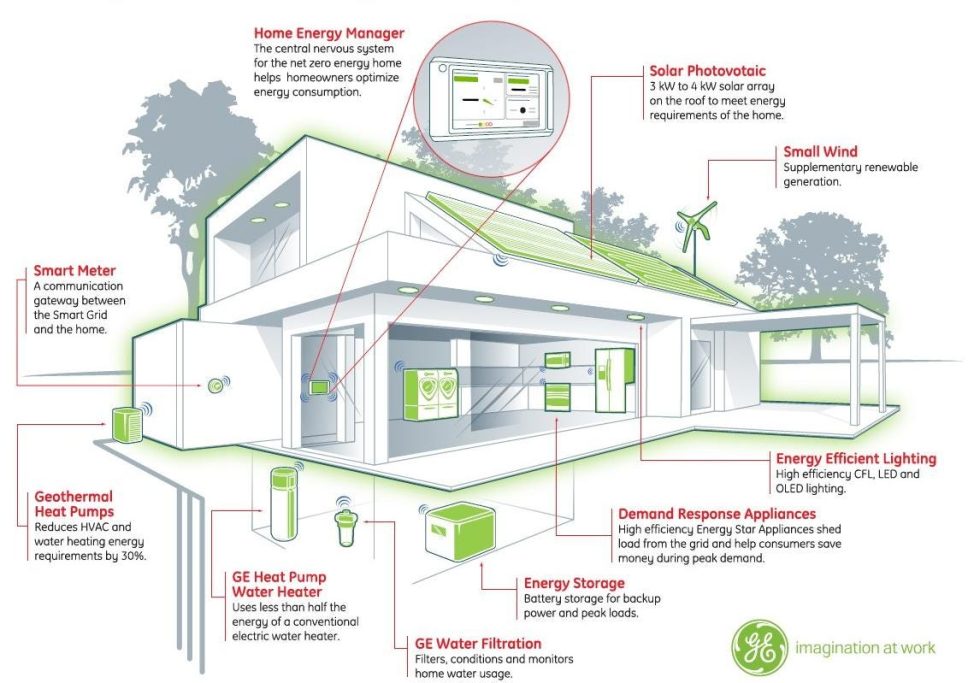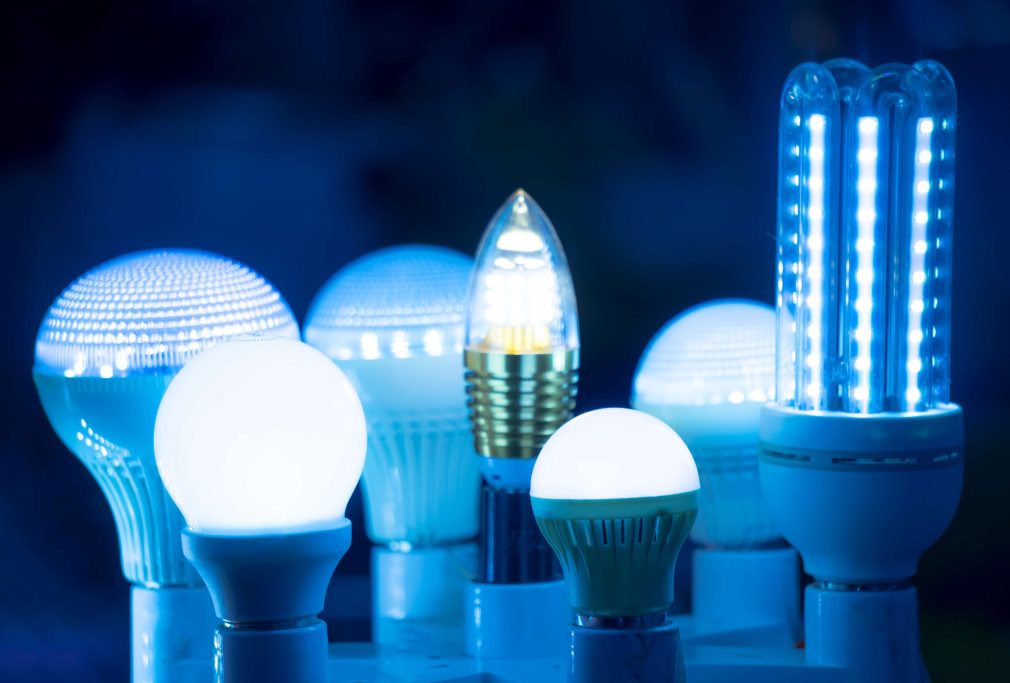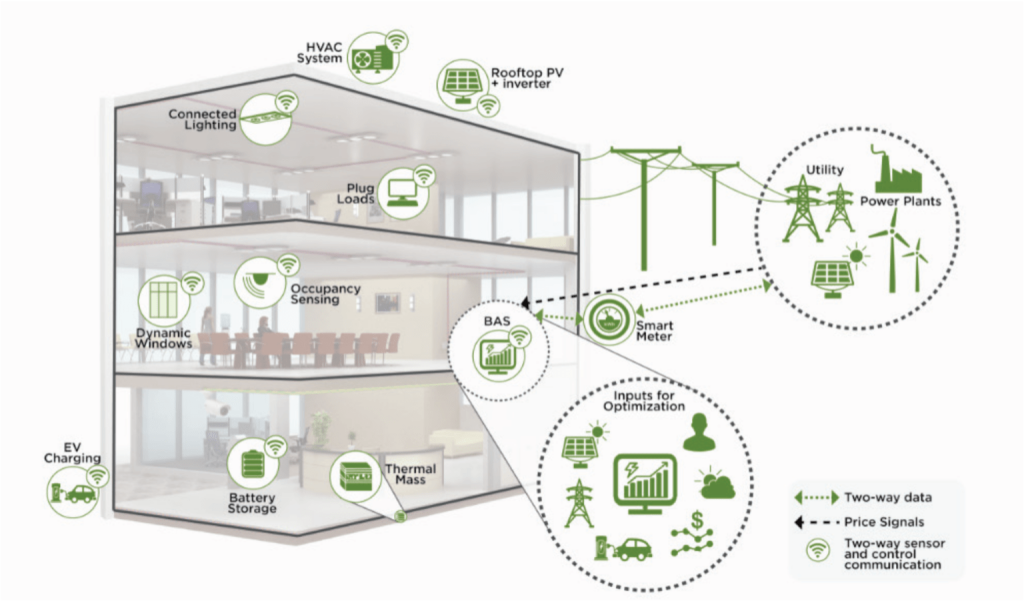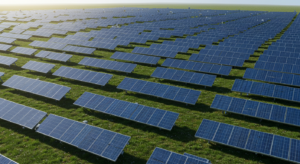In a world increasingly focused on energy conservation, commercial and industrial building managers are seeking effective ways to reduce energy consumption without sacrificing quality. Energy-efficient lighting systems are at the forefront of these endeavors, contributing to significant energy savings. This guide will introduce you to the various lighting solutions, including LED lamps, fluorescent lighting, occupancy sensors, and more, designed to minimize energy use and maximize lighting quality in commercial buildings.

Advantages of LED Technology
LED technology is the cornerstone of modern energy-efficient lighting. LED lights offer numerous benefits compared to conventional lighting like incandescent and fluorescent lamps:

- Higher Efficiency: LEDs consume less energy, sometimes up to 60% less than standard incandescent lamps.
- Longevity: LED lamps have longer lifespans, reducing the number of lighting replacements.
- Good Color Rendering: LEDs emit white light with good color rendering, improving interior lighting quality.
- Energy Star Certification: Many LED-based products comply with Energy Star standards, ensuring energy efficiency.
Control Systems for Optimal Energy Savings
Lighting control systems provide the key to maximizing energy savings. These include:
- Occupancy Sensors: Sensors detect when a space is empty and dim or turn off the lights, thereby reducing energy consumption.
- Daylight Dimming: Dimming controls adapt to natural light levels, using less energy during bright daylight hours.
- Networked Lighting Controls: IoT technologies allow for intelligent control options, personalized to the building’s needs.
The U.S. Department of Energy and the Lawrence Berkeley National Laboratory have recognized the potential of these controls, encouraging their implementation in various building types.
Upgrading Your Lighting System
Lighting upgrades in commercial buildings can result in massive energy savings. Here’s a brief guide:
- Identify the Types: From LED source to fluorescent lamp, know your current setup and needs.
- Consider Lighting Quality: Quality lighting is essential, so choose efficient lamps and fixtures that provide the right lighting.
- Utilize Rebates and Incentives: Many areas offer rebates for implementing energy-saving measures, including LED upgrade.
Indoor and Outdoor Lighting Solutions
Both indoor and outdoor lighting solutions can be optimized for energy efficiency.
- Interior Lighting: LED lamps, lighting control systems, dim controls, and occupancy lamps.
- Outdoor Lighting: LED technology for street lights, outdoor lighting controls, and discharge lamps for high efficiency.
Upcoming Events and Standards
Stay informed about upcoming events and adhere to energy codes, standards, and GSA recommendations. Use tools from the Lawrence Berkeley National Laboratory, and don’t miss out on recent developments in lighting technologies and T12 regulations.
Conclusion
The right lighting solutions can transform a building’s energy profile. With LED technology, lighting control systems, and the right approach to both indoor and outdoor lighting, you can save energy and money while reducing operating costs and improving the lighting quality. By understanding the types of lighting, control options, and keeping up with codes and standards, you can set your commercial or industrial space on a path towards sustainability.
Invest in your future by upgrading to an energy-efficient lighting system today. The opportunity to reduce lighting energy consumption and make a meaningful impact awaits.




